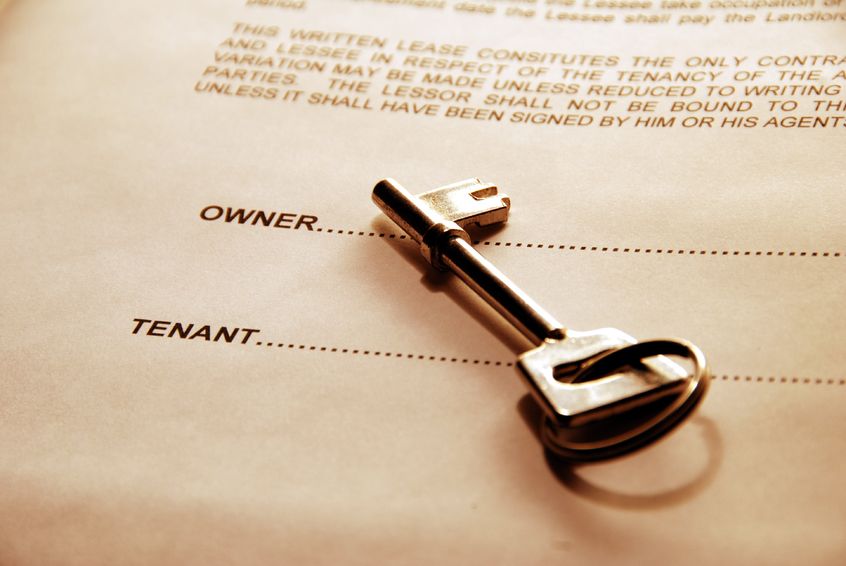As a leaseholder in the UK, understanding your rights is crucial, especially as your tenure lengthens. After long periods of time, certain rights and protections become more pertinent, ensuring you can enjoy your property with greater security and peace of mind. Here’s a comprehensive guide to the rights you gain as a leaseholder after a decade.
Before we begin, what is a leaseholder?
In the UK, a leaseholder is someone who owns the right to occupy and use a property for a specified period of time, as outlined in a lease agreement. This lease agreement is typically made with the freeholder, who owns the land on which the property stands.
This leaseholder is sometimes called a tenant in relation to the freeholder, emphasising their contractual obligation to pay ground rent and adhere to lease terms.
On the other hand, a “tenant” who is not a leaseholder rents a property on a short-term basis, usually under an assured shorthold tenancy agreement, without long-term ownership rights or responsibilities towards the property’s upkeep beyond their rental agreement.
Non leaseholder tenants, such as those on shorthold tenancy agreements, do not gain any additional special rights as a result of longer tenancies
Leaseholders’ Rights After 10 Years
1. Right to Extend the Lease
One of the most significant rights that come into play after ten years is the ability to extend your lease. Leaseholders can typically extend their lease by 90 years on a flat or 50 years on a house. This extension helps maintain or increase the property’s value and provides long-term security.
2. Right to Purchase the Freehold
If you’ve been a leaseholder for more than two years, you might be eligible to purchase the freehold of your property. This process, known as “enfranchisement,” allows you to take full ownership, removing any ground rent obligations and granting you more control over your property.
3. Right to Manage
Leaseholders often gain the right to manage their building after a certain period. By forming a Right to Manage (RTM) company, leaseholders can take over the management of the property from the freeholder, giving them more control over maintenance, services, and costs.
4. Protection Against Unfair Service Charges
Long-term leaseholders are better positioned to challenge unfair service charges. Landlords and freeholders must ensure that service charges are reasonable and provide a clear breakdown of costs. Leaseholders can apply to the First-tier Tribunal (Property Chamber) if they believe charges are unjustified.
5. Right to Consultation
Leaseholders who have been in their property for ten years have reinforced rights to be consulted about major works and long-term agreements. Freeholders must provide detailed information and seek leaseholders’ input on substantial works, typically those costing more than £250 per leaseholder.
6. Right to Information
Leaseholders are entitled to receive detailed information about their lease, including a copy of the lease agreement and details about the freeholder. This transparency helps leaseholders understand their rights and responsibilities more clearly.
7. Right to Challenge Poor Management
If you’ve been a leaseholder for a long period, you may feel more empowered to challenge poor management practises. Leaseholders can apply to the tribunal to appoint a new manager if the current one is deemed unsatisfactory.
8. Right to Sublet
After ten years, leaseholders may have more flexibility in subletting their property. While the original lease agreement will dictate specific terms, long-term leaseholders often find it easier to negotiate subletting arrangements with the freeholder.
9. Right to Make Alterations
Leaseholders who have been in their property for an extended period might have increased rights to make alterations or improvements. While consent from the freeholder is usually required, long-term leaseholders often find it easier to gain approval for reasonable modifications.
10. Right to Remain
Long-term leaseholders enjoy enhanced protection against eviction. Freeholders must follow strict legal procedures to regain possession of the property, ensuring that leaseholders cannot be easily removed without valid grounds.
Conclusion
If you’re a landlord considering selling your property, especially one with tenant issues or other challenges, Property Rescue can provide a swift and efficient solution. By choosing to sell with Property Rescue, you can bypass the lengthy traditional selling process and secure a sale in as little as 48 hours, offering you immediate financial relief and peace of mind. For more information on how Property Rescue can assist you, visit their page on selling tenanted property.
